Home>Furniture & Design>Bathroom Accessories>How To Remove Philips Sonicare Toothbrush Head
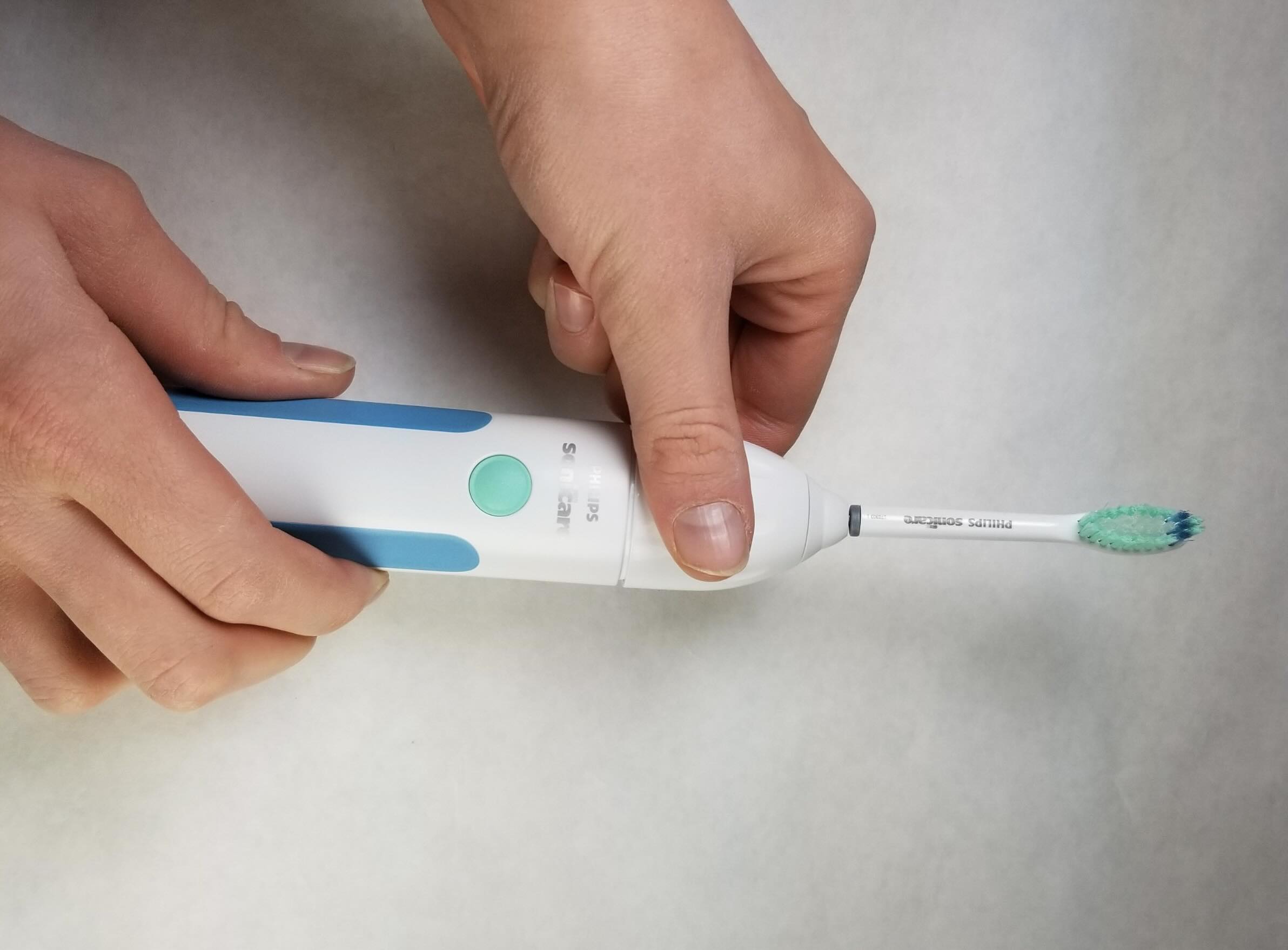

Bathroom Accessories
How To Remove Philips Sonicare Toothbrush Head
Modified: February 18, 2024
Learn how to easily remove the Philips Sonicare toothbrush head for replacement or cleaning. Find out the best way to maintain your bathroom accessories.
(Many of the links in this article redirect to a specific reviewed product. Your purchase of these products through affiliate links helps to generate commission for Storables.com, at no extra cost. Learn more)
Introduction
Removing the brush head from your Philips Sonicare toothbrush is a simple yet essential task for maintaining oral hygiene. Whether you need to replace the head, clean the toothbrush thoroughly, or simply want to switch to a different type of brush head, knowing how to remove it properly is crucial. This process ensures that you can keep your toothbrush in optimal condition, allowing for effective plaque removal and a refreshing clean with every use.
In this comprehensive guide, we will walk you through the step-by-step process of removing the brush head from your Philips Sonicare toothbrush. By following these instructions, you can easily and safely detach the brush head without causing any damage to the toothbrush handle. With just a few simple steps and the right tools, you can maintain your oral health routine and keep your toothbrush in top-notch condition.
Let's dive into the details of how to remove the brush head from your Philips Sonicare toothbrush, ensuring that you can seamlessly complete this task and continue enjoying the benefits of a clean and effective oral care routine.
Key Takeaways:
- Easily remove your Philips Sonicare toothbrush head by gathering tools, turning off the toothbrush, firmly gripping the head, and gently twisting and pulling. Keep your toothbrush clean for a healthy smile!
- Safely detach your Philips Sonicare toothbrush head to maintain oral hygiene. Turn off the toothbrush, grip the head firmly, and twist and pull gently. Clean the handle for optimal performance.
Step 1: Gather necessary tools
Before beginning the process of removing the brush head from your Philips Sonicare toothbrush, it's essential to gather the necessary tools to ensure a smooth and efficient experience. Having the right tools at hand will not only simplify the task but also help prevent any accidental damage to the toothbrush handle or the brush head itself.
Here's a list of the tools you will need:
-
Philips Sonicare replacement brush head: Ensure that you have the appropriate replacement brush head that is compatible with your specific Philips Sonicare toothbrush model. Having the correct replacement head ready will allow for a seamless transition once the current brush head is removed.
-
Clean cloth or tissue: Having a clean cloth or tissue on hand will help you wipe any excess water or debris from the toothbrush handle and the removed brush head. This will aid in maintaining the cleanliness of the toothbrush components.
-
Firm grip: While not a physical tool, ensuring that your hands are dry and have a firm grip is crucial. This will help you securely hold the toothbrush handle and apply the necessary pressure to remove the brush head without slippage.
By gathering these essential tools, you can proceed with confidence, knowing that you have everything you need to safely and effectively remove the brush head from your Philips Sonicare toothbrush. With these tools at your disposal, you'll be ready to move on to the next steps and complete the process with ease.
Step 2: Turn off the toothbrush
Before proceeding with the removal of the brush head, it is crucial to ensure that the toothbrush is turned off. This simple yet important step helps minimize the risk of accidental activation during the removal process, promoting safety and preventing any potential mishaps.
To turn off your Philips Sonicare toothbrush, locate the power button on the handle. Depending on the specific model of your toothbrush, the power button may be positioned at the front or the back of the handle. Press and hold the power button until the toothbrush powers down. You may notice a brief pause or a series of indicator lights turning off, indicating that the toothbrush is no longer active.
Ensuring that the toothbrush is turned off serves as a precautionary measure, as it eliminates the possibility of the brush head vibrating or moving during the removal process. This not only reduces the risk of accidental activation but also provides a stable and controlled environment for safely detaching the brush head from the handle.
Additionally, turning off the toothbrush helps conserve battery life, especially if you plan to leave the brush head detached for an extended period. By powering down the toothbrush, you can optimize its battery usage and ensure that it remains ready for use when the new brush head is attached.
Taking a moment to turn off the toothbrush sets the stage for a smooth and hassle-free brush head removal process. With the toothbrush safely deactivated, you can proceed to the next steps with confidence, knowing that you have taken the necessary precautions to maintain a secure and controlled environment for the task at hand.
Step 3: Firmly grip the toothbrush head
With the toothbrush turned off and the necessary tools at hand, the next step in removing the brush head from your Philips Sonicare toothbrush is to firmly grip the head. This step is crucial in ensuring a secure hold on the brush head, allowing for controlled and precise maneuvering during the removal process.
Begin by placing your thumb and index finger on opposite sides of the brush head, ensuring a firm and stable grip. It's important to position your fingers close to the junction where the brush head meets the handle, providing optimal leverage for the subsequent twisting and pulling motion. By gripping the brush head securely, you can effectively apply the necessary force without risking slippage or instability.
When gripping the brush head, it's advisable to ensure that your fingers are dry to prevent any potential slipping. Additionally, maintaining a steady grip will help you exert controlled pressure during the removal process, minimizing the risk of accidental damage to the toothbrush handle or the brush head itself.
If you encounter difficulty in gripping the brush head due to moisture or residue, using a clean cloth or tissue to dry the surface can enhance your grip and ensure a secure hold. By taking this extra precaution, you can optimize the stability of your grip and proceed with confidence to the next step of removing the brush head.
Firmly gripping the toothbrush head sets the stage for the subsequent steps in the removal process, providing the foundation for a controlled and effective maneuver. With a secure hold on the brush head, you are ready to proceed to the next step of twisting and pulling to detach the brush head from the handle.
By ensuring a firm grip and maintaining stability, you can navigate the removal process with ease, knowing that you have established the necessary foundation for a successful brush head removal. With the brush head securely held in place, you are prepared to move on to the subsequent steps and complete the removal process with confidence and precision.
To remove a Philips Sonicare toothbrush head, simply grip the head firmly and twist it counterclockwise until it comes off. Be sure to replace the head every 3 months for optimal performance.
Step 4: Twist and pull the toothbrush head
With the brush head firmly gripped, the next step in removing the brush head from your Philips Sonicare toothbrush involves a simple yet deliberate twisting and pulling motion. This maneuver is designed to disengage the brush head from the handle, allowing for a seamless removal process without causing any damage to the toothbrush components.
To initiate the removal, apply gentle yet firm pressure as you begin to twist the brush head counterclockwise. The twisting motion helps release the locking mechanism that secures the brush head to the handle. As you twist, you may feel a slight resistance, which is normal and indicates that the brush head is disengaging from its locked position.
Continuing the twisting motion, maintain a steady grip on the brush head to ensure controlled maneuvering. As the brush head loosens, you will reach a point where it can be easily pulled away from the handle. At this stage, while continuing to twist, apply a gentle pulling motion to detach the brush head completely.
It's important to exercise patience and avoid applying excessive force during the twisting and pulling process. By maintaining a controlled and deliberate approach, you can safely remove the brush head without risking damage to the toothbrush handle or the brush head itself.
Once the brush head is successfully detached, set it aside in a clean and dry location. This provides an opportunity to inspect the brush head and the handle for any debris or moisture that may have accumulated during use. Additionally, you can take this moment to clean the handle using a clean cloth or tissue, ensuring that it remains free from any residue.
By following these steps, you can effectively remove the brush head from your Philips Sonicare toothbrush, setting the stage for a seamless transition to a new brush head or facilitating thorough cleaning of the toothbrush components. With the brush head successfully removed, you are ready to proceed with the next steps, whether it involves replacing the brush head or maintaining the cleanliness of your toothbrush.
With the brush head removed and the handle cleaned, you have completed the essential steps for removing and preparing your Philips Sonicare toothbrush for the next phase of maintenance or use. This process ensures that you can maintain the effectiveness and hygiene of your toothbrush, allowing for continued oral care with optimal performance and cleanliness.
Read more: Philips Sonicare Toothbrush: How To Use
Step 5: Clean the toothbrush handle
After successfully removing the brush head from your Philips Sonicare toothbrush, it's essential to dedicate attention to cleaning the toothbrush handle. This step is crucial for maintaining the overall hygiene and functionality of your toothbrush, ensuring that it remains free from any residue or buildup that may affect its performance.
To begin the cleaning process, take a clean cloth or tissue and gently wipe the handle of the toothbrush. Pay close attention to areas where the brush head attaches to the handle, as well as any crevices or buttons present on the handle. By thoroughly wiping the handle, you can remove any lingering moisture, toothpaste residue, or debris that may have accumulated during regular use.
For a more comprehensive clean, consider using a mild soap or gentle cleanser to further cleanse the handle. Dampen the cloth with water and a small amount of the chosen cleanser, then carefully wipe the entire surface of the handle. This approach helps eliminate any stubborn residue or stains, restoring the handle to a clean and pristine condition.
In addition to the external cleaning, it's important to inspect the area where the brush head attaches to the handle for any trapped debris. Using a cotton swab or a soft-bristled brush, gently remove any buildup or residue from this area, ensuring that it remains free from any obstructions that may hinder the attachment of a new brush head.
Once the handle is thoroughly cleaned and inspected, allow it to air dry completely before attaching a new brush head. This ensures that the handle is free from any residual moisture, promoting optimal conditions for the attachment of a fresh brush head.
By dedicating attention to cleaning the toothbrush handle, you can maintain the overall cleanliness and functionality of your Philips Sonicare toothbrush. This proactive approach not only enhances the hygiene of your oral care routine but also contributes to the longevity and performance of your toothbrush, allowing you to continue enjoying the benefits of a clean and effective oral care experience.
Conclusion
In conclusion, knowing how to remove the brush head from your Philips Sonicare toothbrush is an essential skill for maintaining optimal oral hygiene and ensuring the longevity of your toothbrush. By following the step-by-step process outlined in this guide, you can seamlessly detach the brush head without causing any damage to the toothbrush handle, allowing for a smooth transition to a new brush head or facilitating thorough cleaning of the toothbrush components.
The process begins with gathering the necessary tools, including a replacement brush head, a clean cloth or tissue, and ensuring a firm grip. Turning off the toothbrush serves as a crucial safety measure, preventing accidental activation during the removal process and conserving battery life. Firmly gripping the toothbrush head sets the stage for the subsequent steps, providing the foundation for a controlled and effective maneuver.
The twisting and pulling motion involved in removing the brush head requires patience and a deliberate approach. By exercising caution and maintaining a steady grip, you can safely detach the brush head, setting it aside for inspection and cleaning. Additionally, dedicating attention to cleaning the toothbrush handle ensures that it remains free from any residue or buildup, contributing to the overall hygiene and functionality of the toothbrush.
By mastering the process of removing the brush head from your Philips Sonicare toothbrush, you can seamlessly integrate this essential maintenance task into your oral care routine. Whether you need to replace the brush head, clean the toothbrush thoroughly, or simply switch to a different type of brush head, having the knowledge and confidence to perform this task ensures that your toothbrush remains in top-notch condition.
Ultimately, the ability to remove the brush head from your Philips Sonicare toothbrush empowers you to take proactive steps in maintaining your oral health. With a clean and well-maintained toothbrush, you can continue to enjoy the benefits of effective plaque removal and a refreshing clean with every use, contributing to a healthy and vibrant smile.
By incorporating the insights and techniques outlined in this guide, you can navigate the process of removing the brush head with ease and confidence, ensuring that your Philips Sonicare toothbrush remains a reliable and indispensable tool in your oral care regimen.
Frequently Asked Questions about How To Remove Philips Sonicare Toothbrush Head
Was this page helpful?
At Storables.com, we guarantee accurate and reliable information. Our content, validated by Expert Board Contributors, is crafted following stringent Editorial Policies. We're committed to providing you with well-researched, expert-backed insights for all your informational needs.
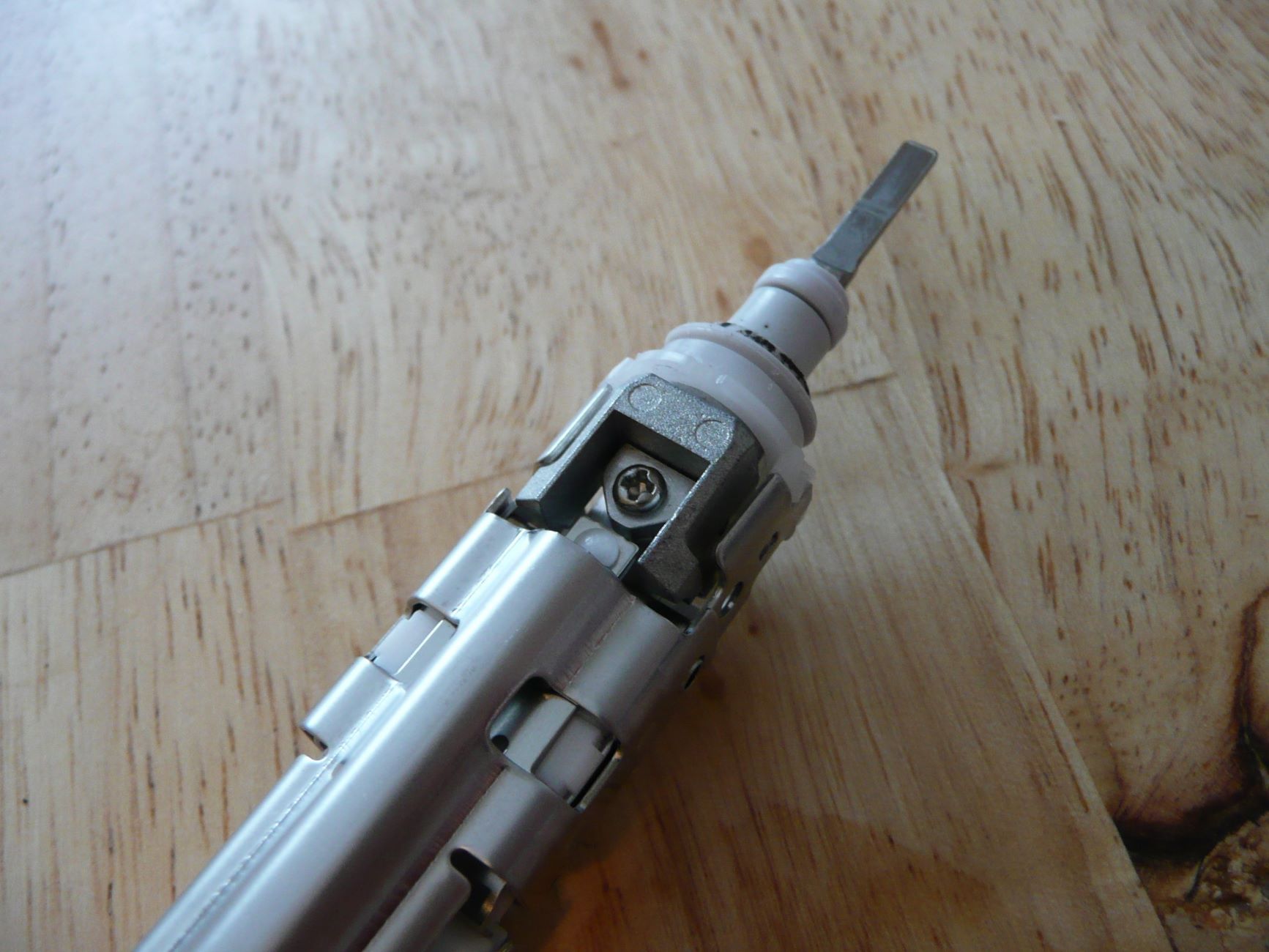
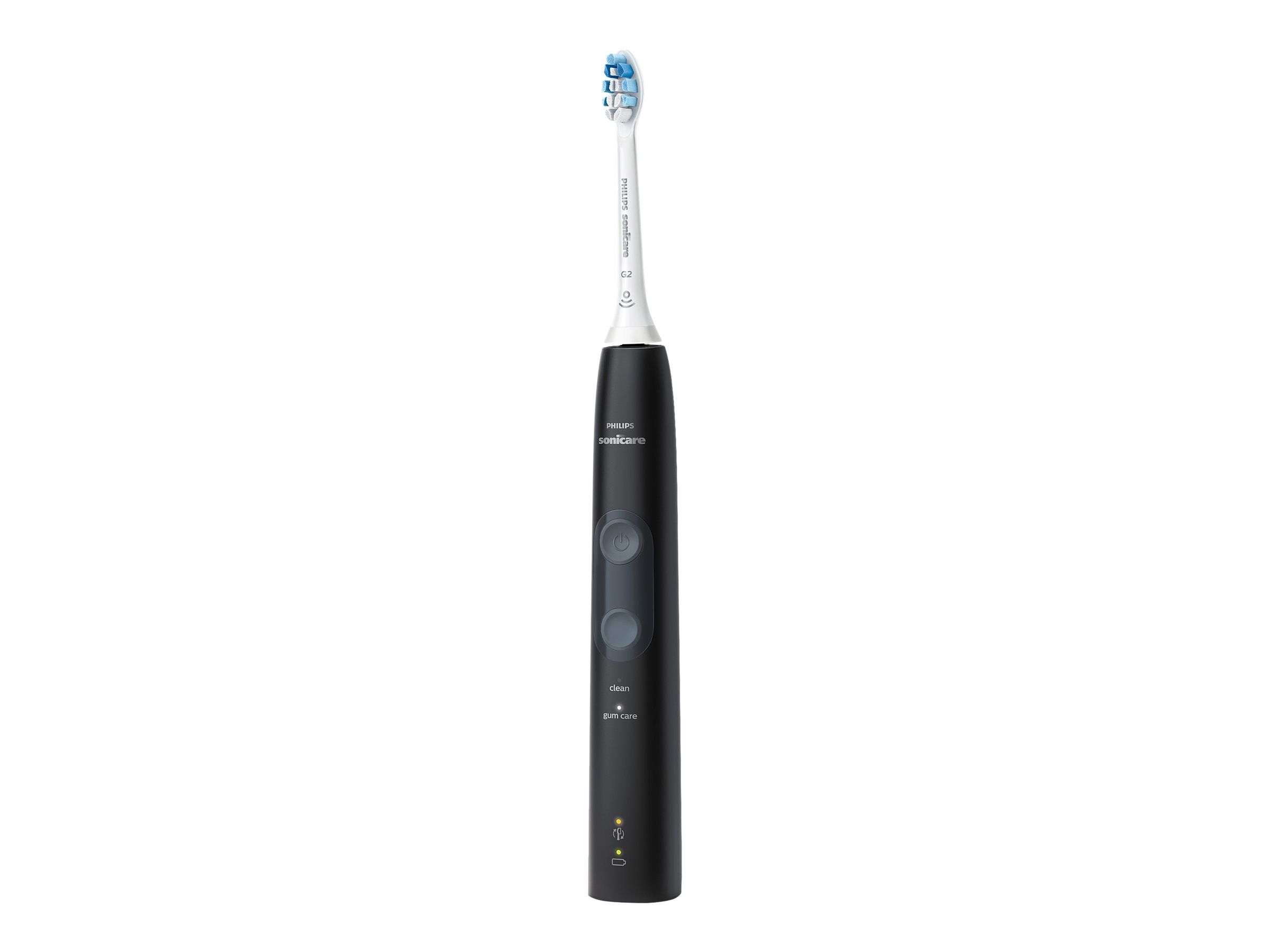
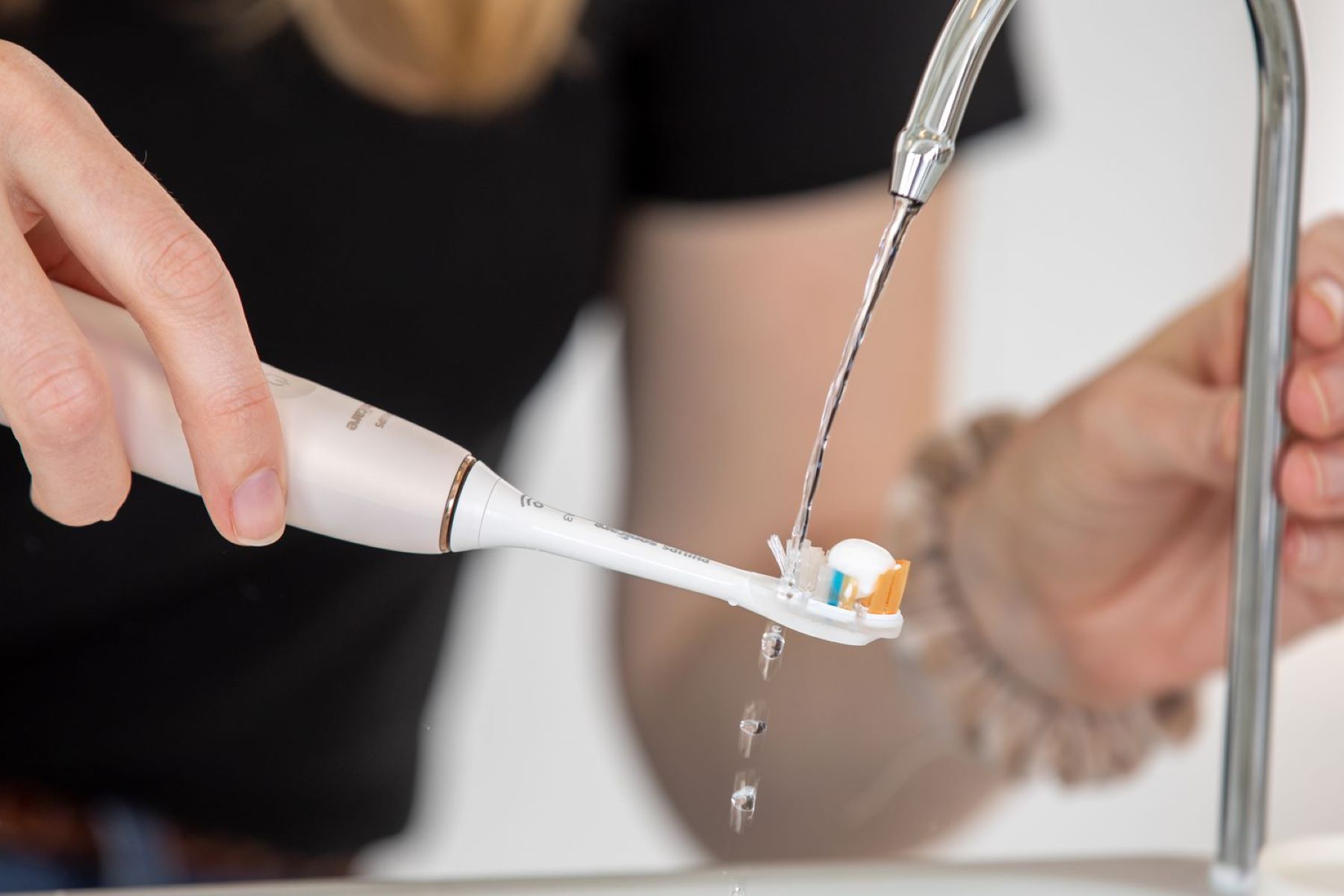
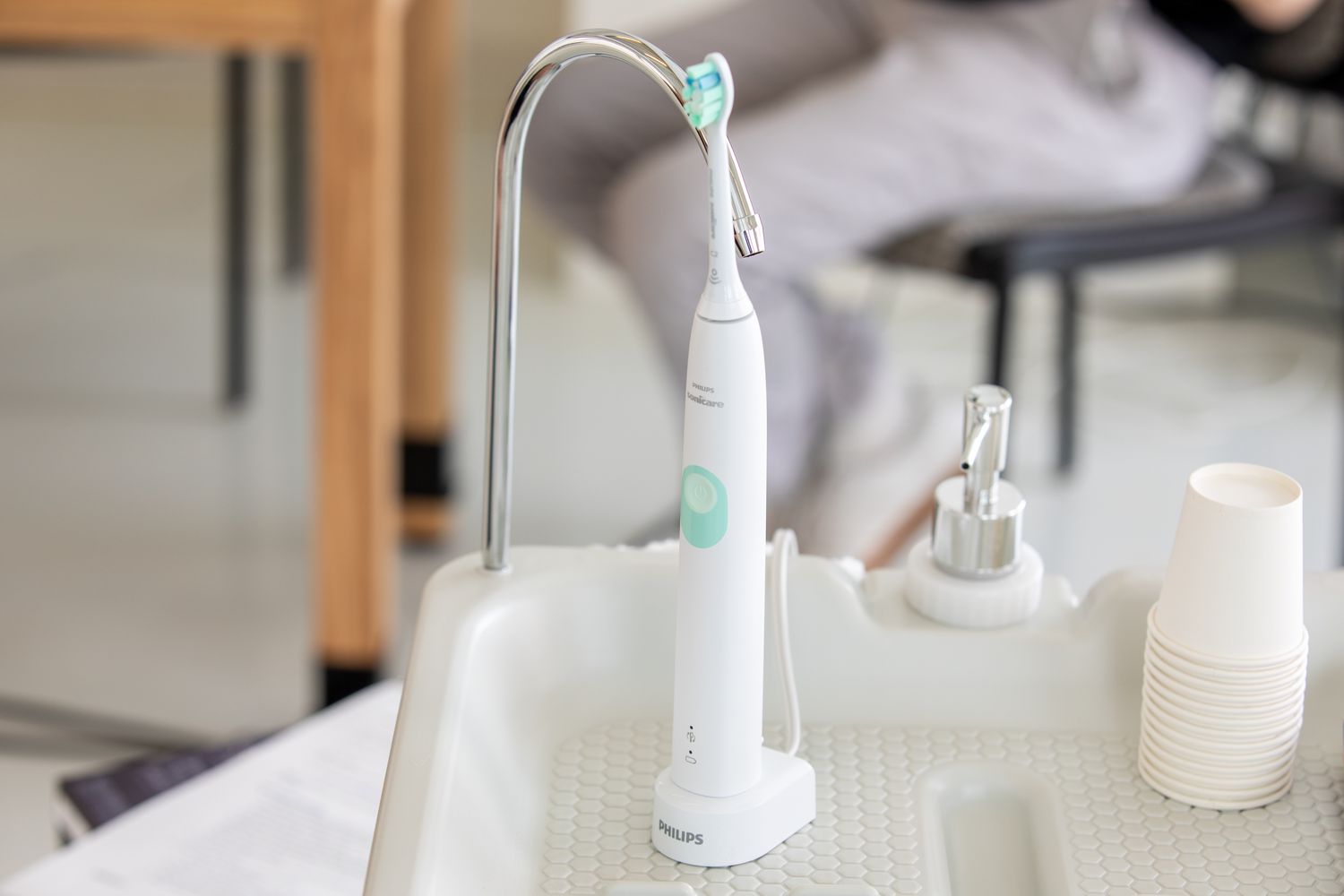
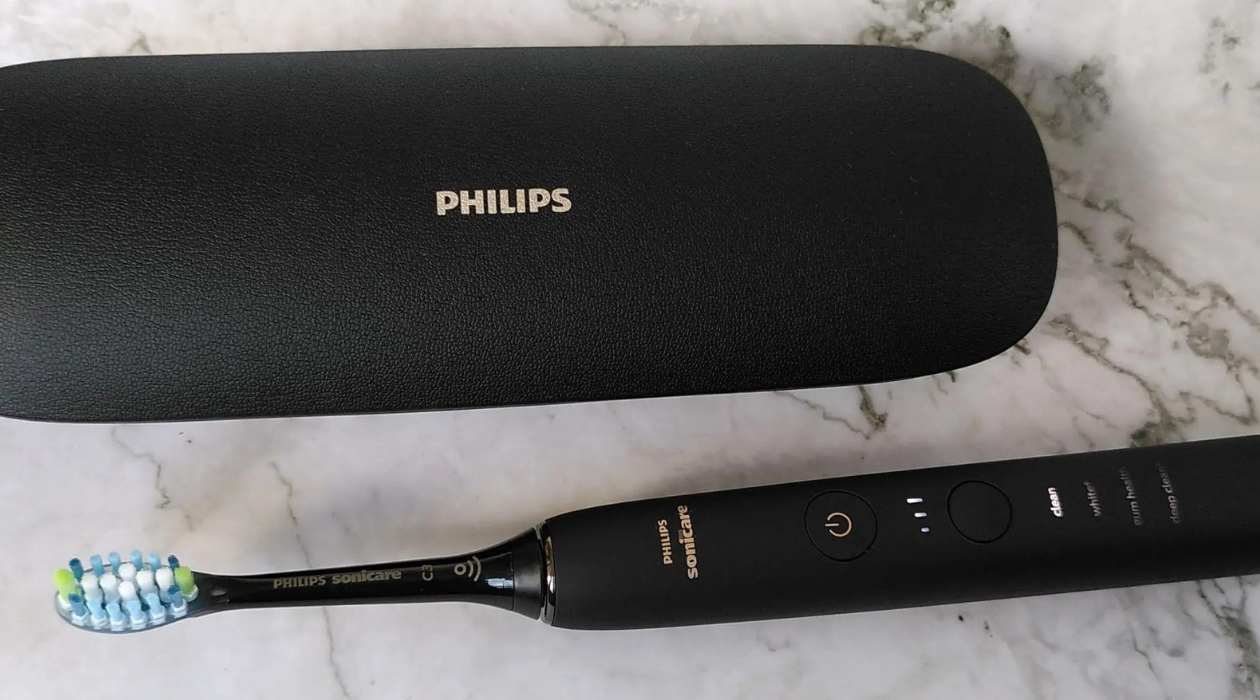
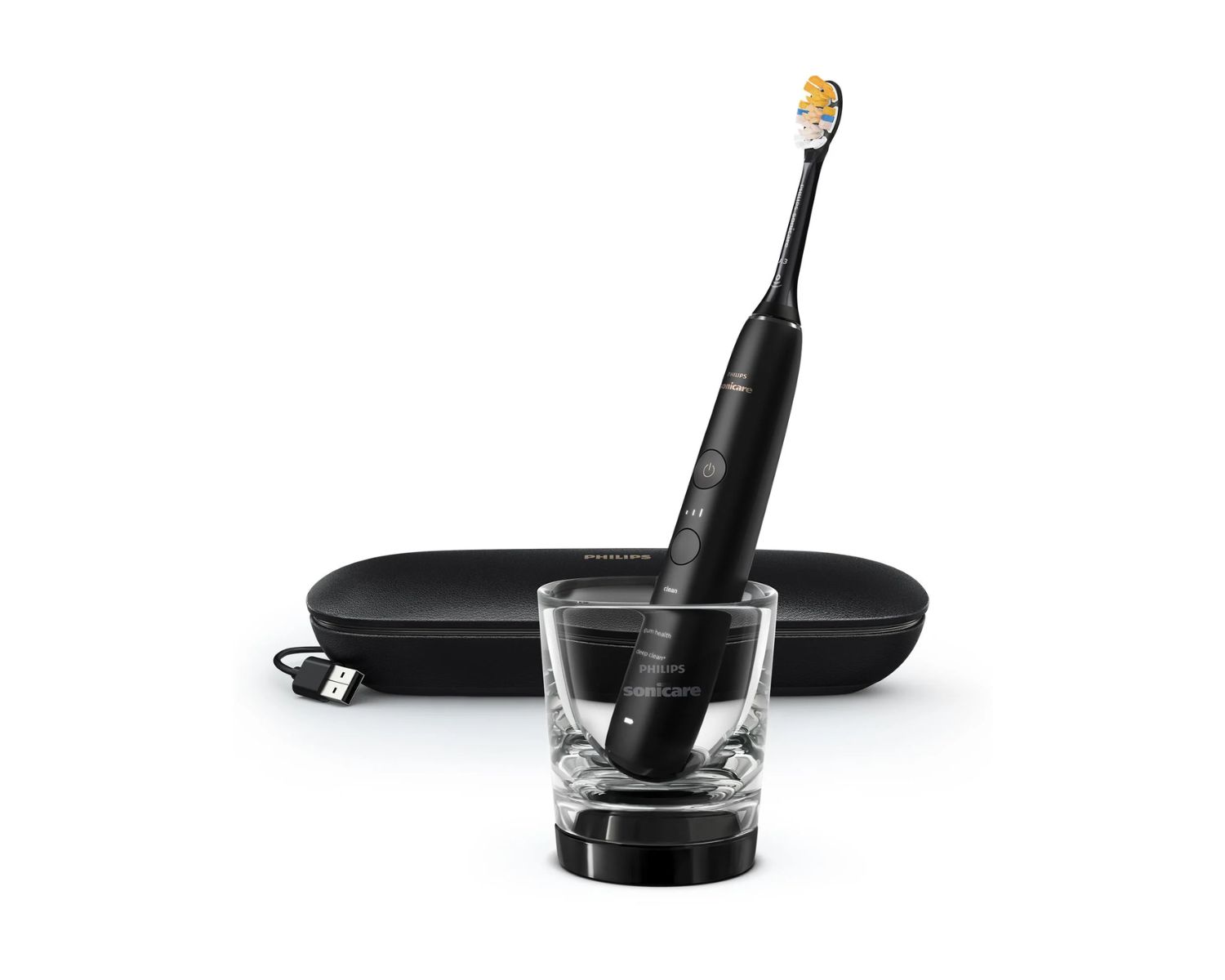
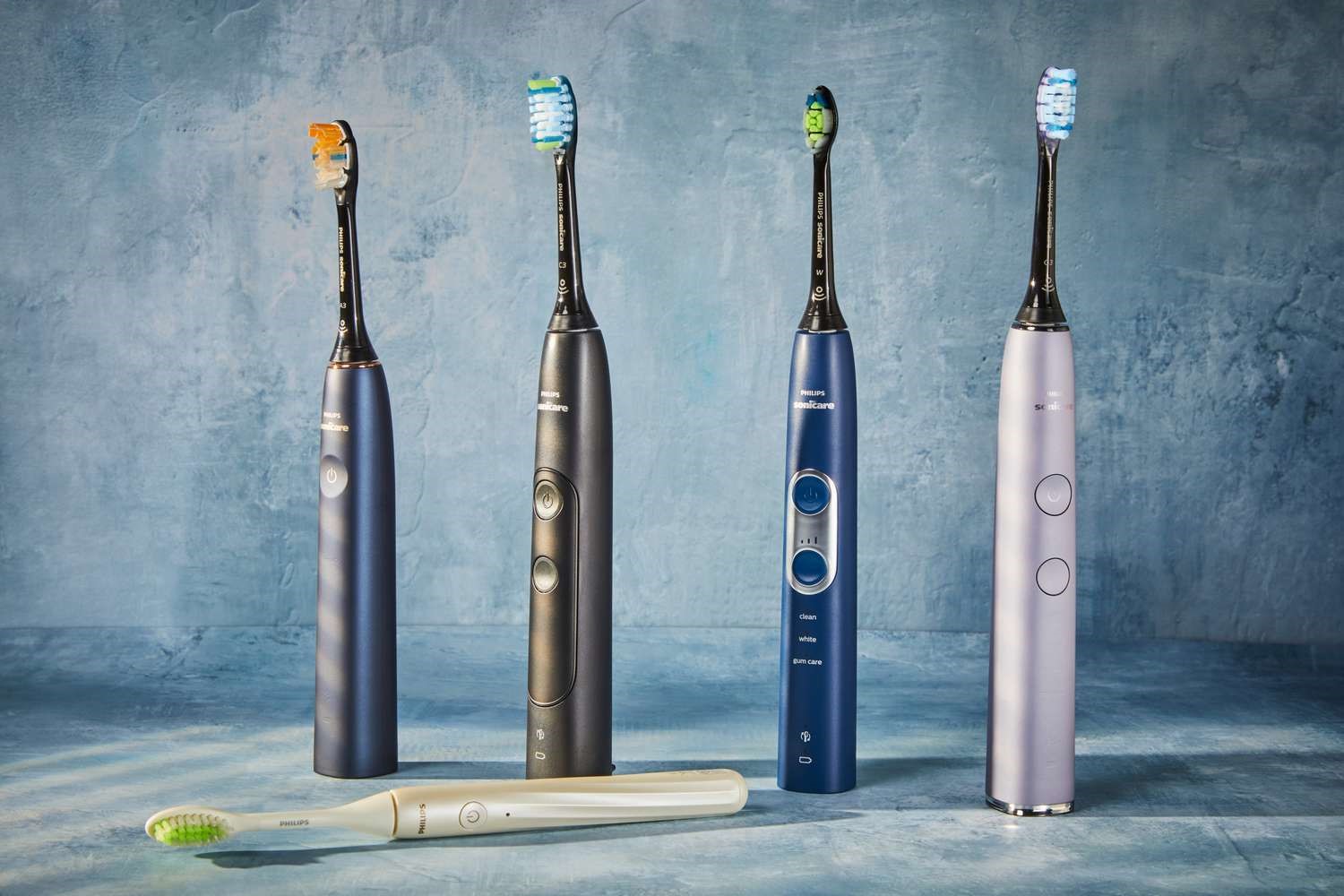
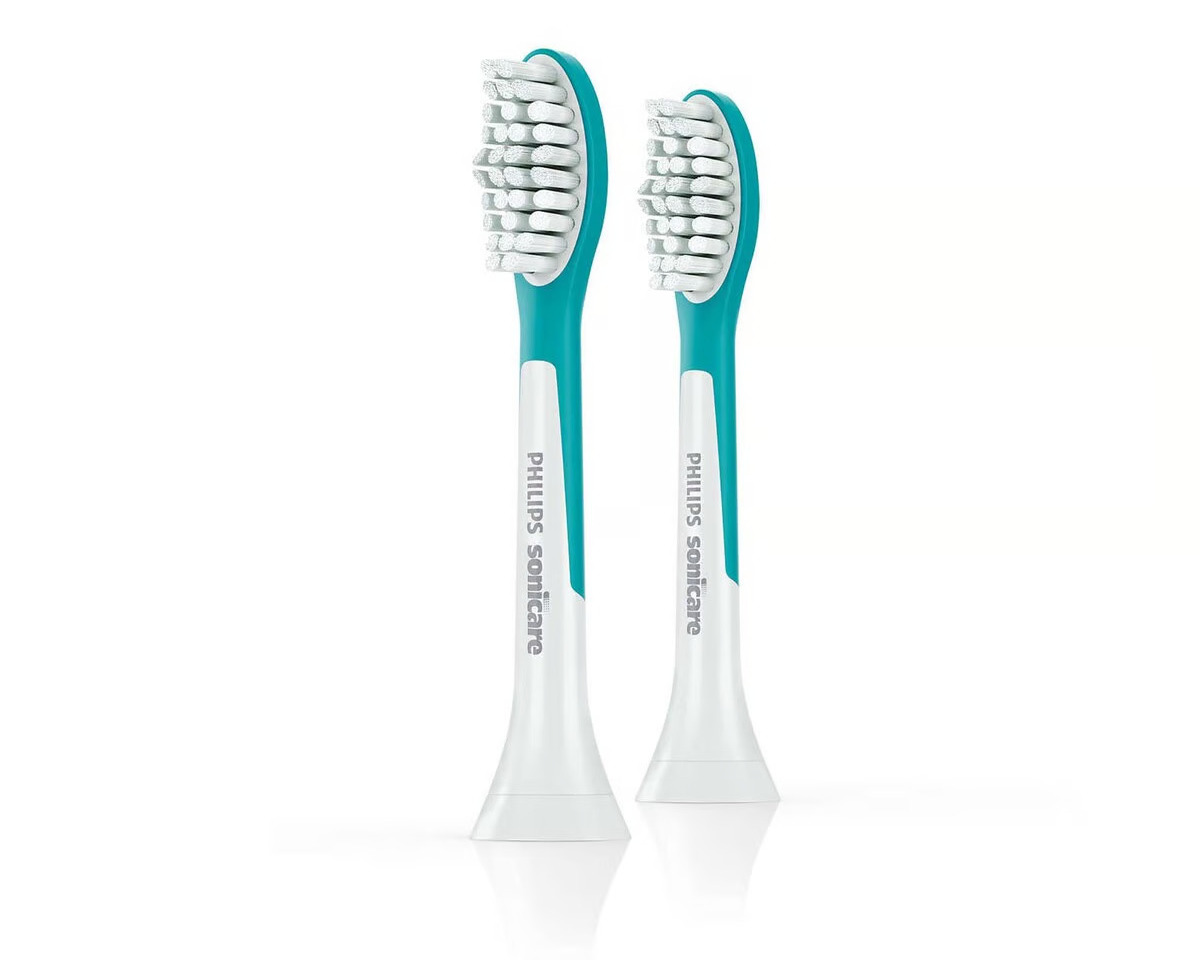
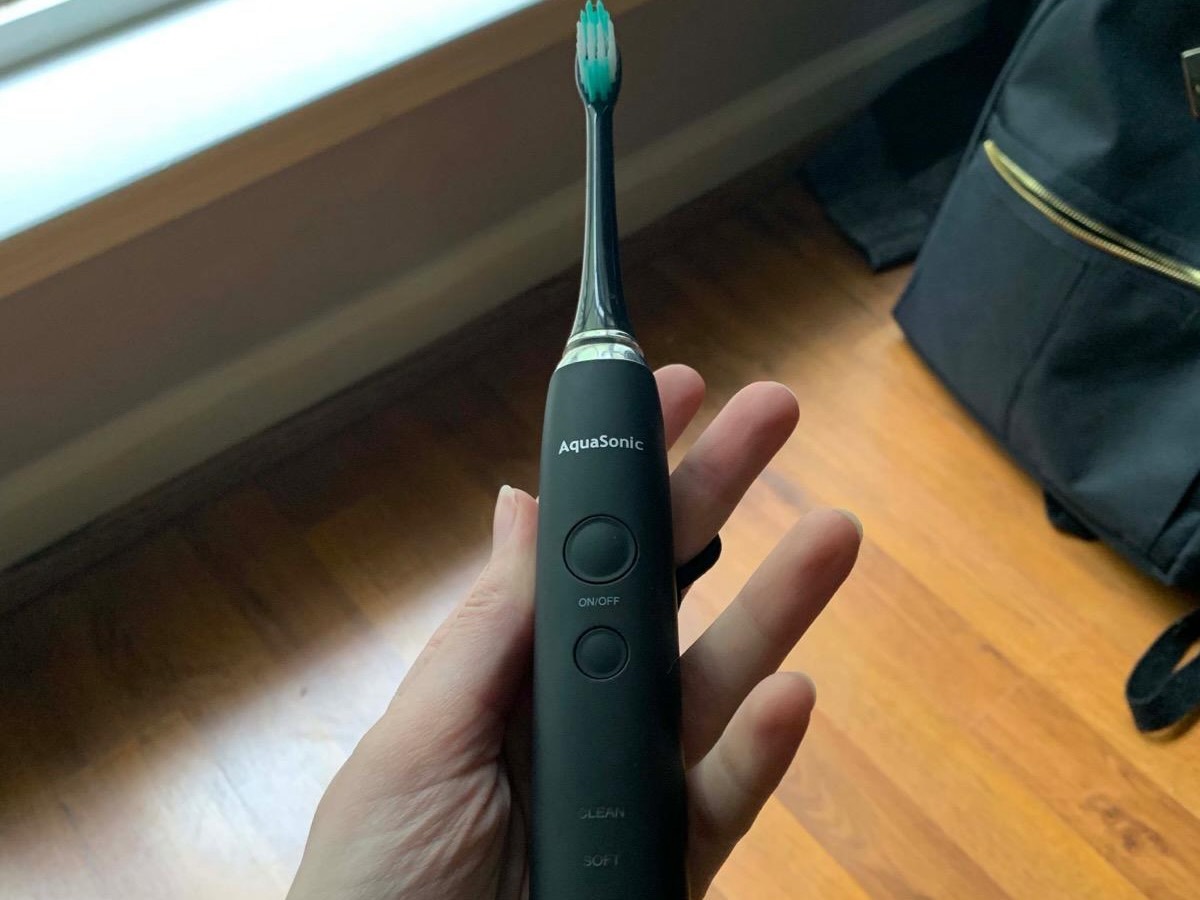
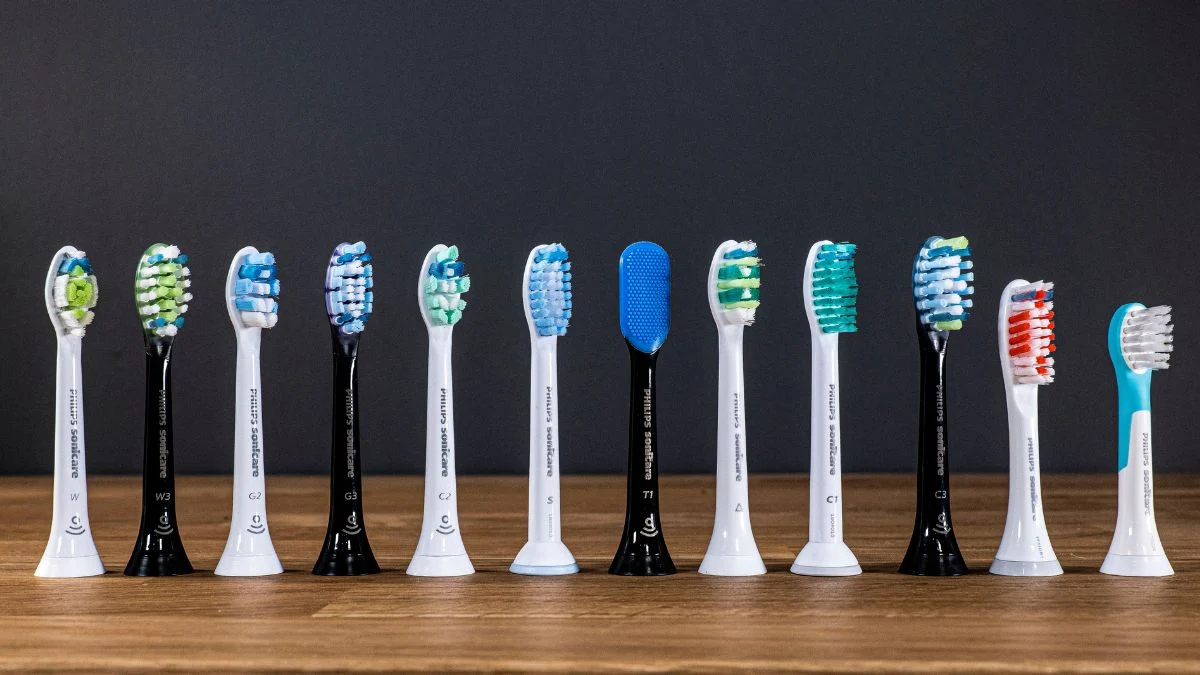
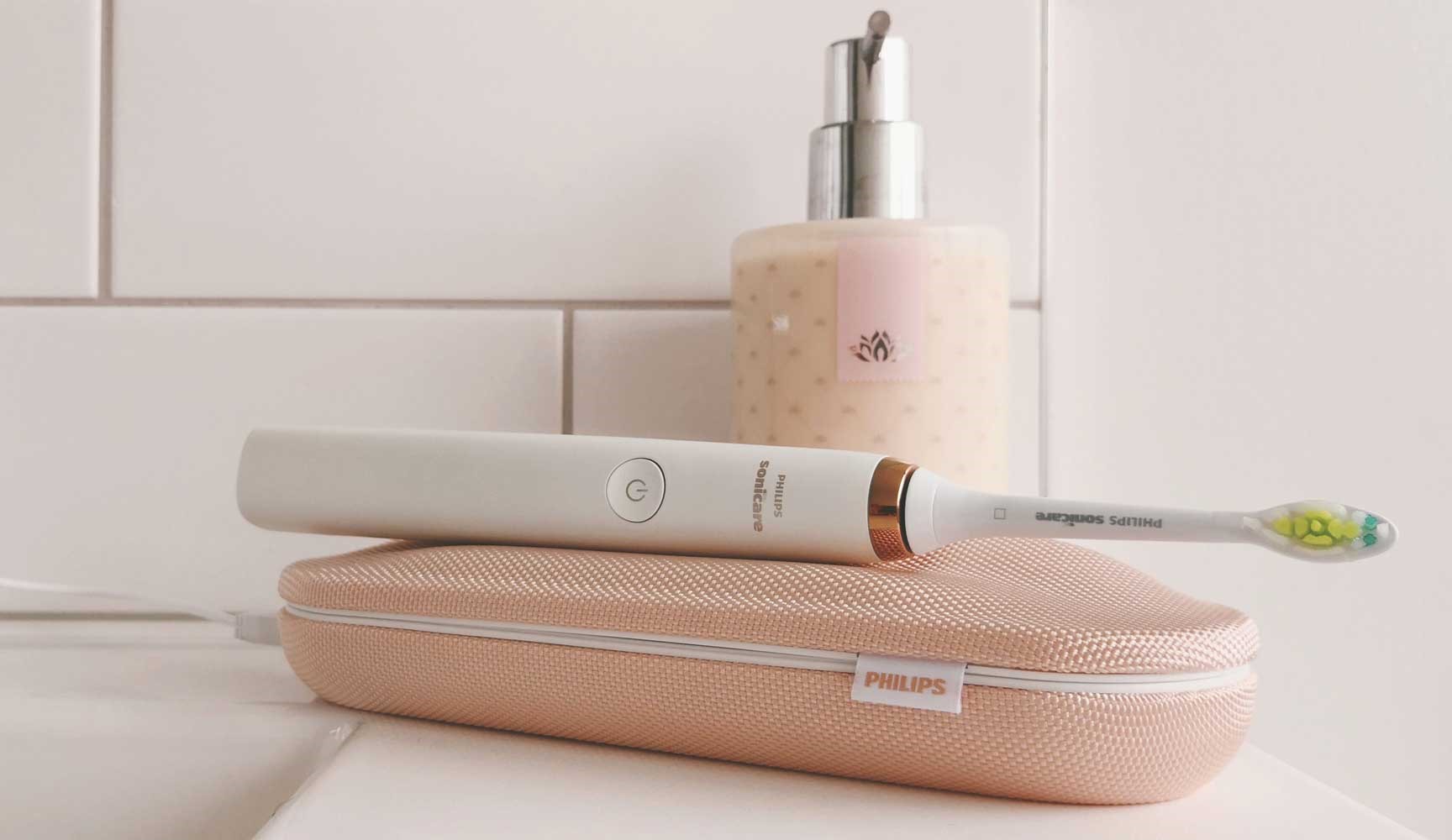
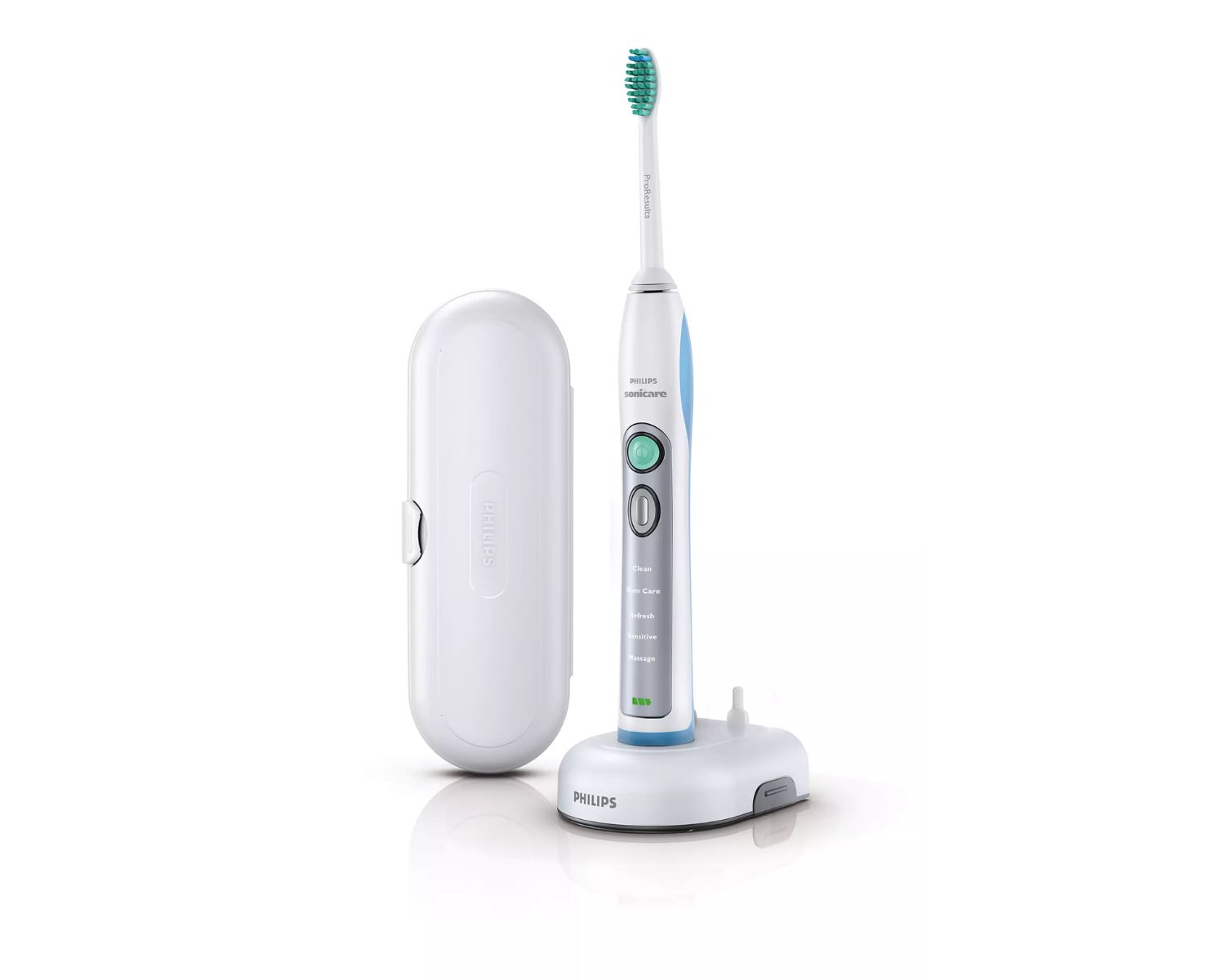
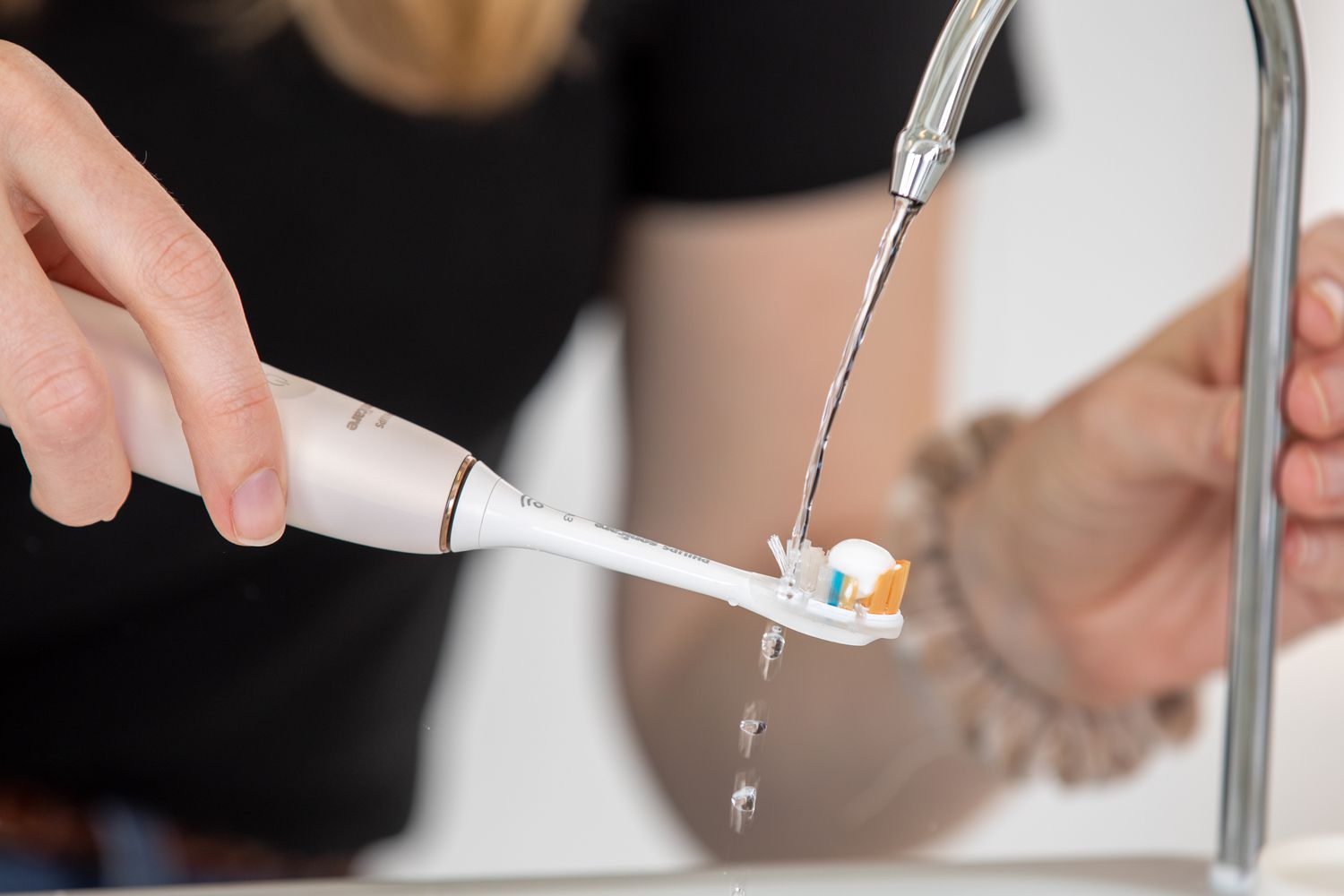
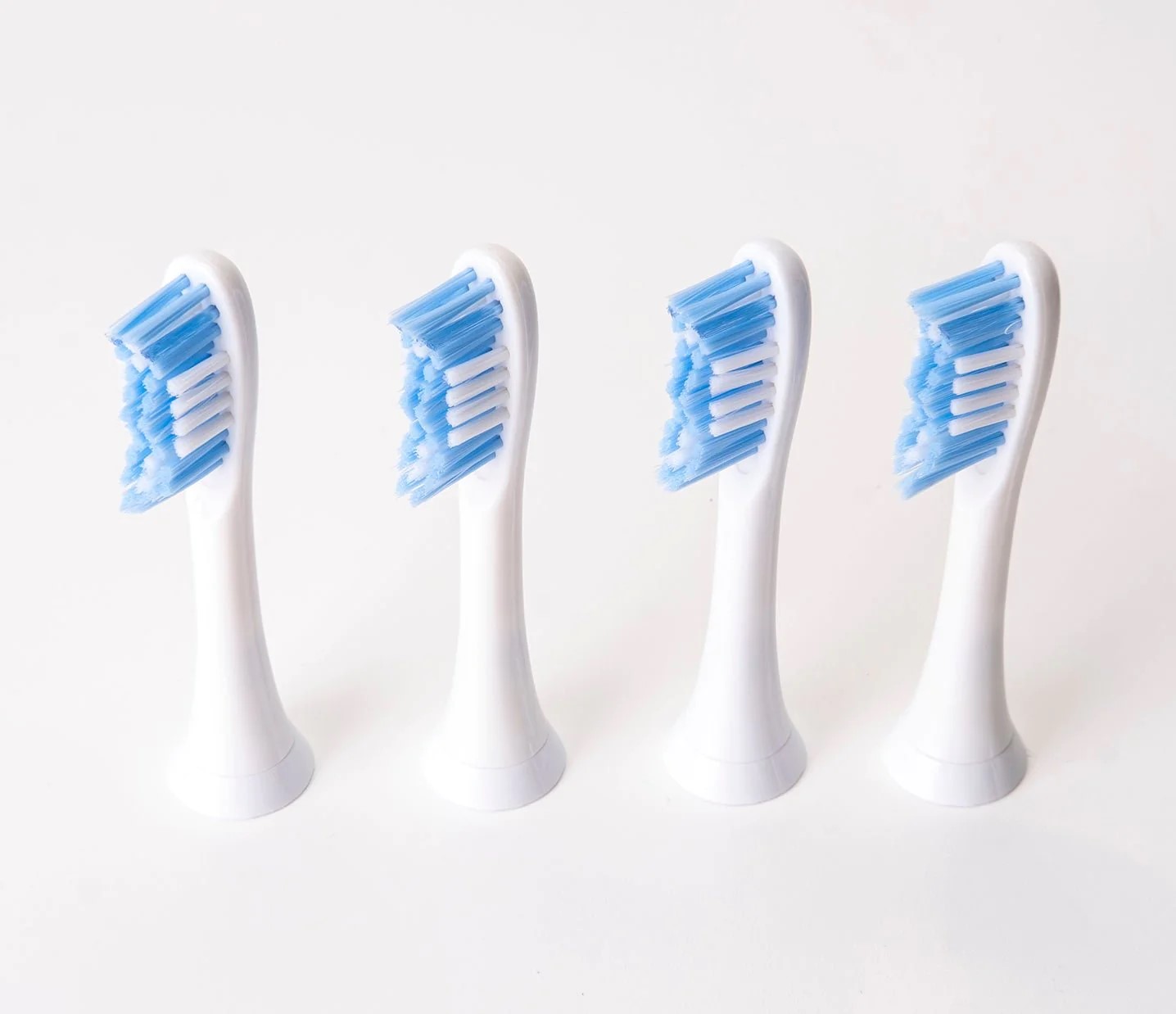

0 thoughts on “How To Remove Philips Sonicare Toothbrush Head”